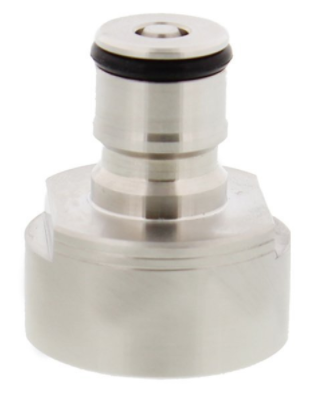FrostyGrog
Member
- Joined
- Jul 10, 2016
- Messages
- 20
- Reaction score
- 1
Hi everyone, I have a simple problem that tends to be repeating for me.
I use 7 gallon Fermonster carboys and typically brew between 6 and 6.5 gallons in a batch. As I want to keg all the beer I consistently have more volume that will fit into a single 5 gallon Corny keg. My question is what to do with the remaining beer? if I want to bottle the extra I would need to estimate the sugar amounts before I transfer which is difficult, requiring estimation and requiring me to make the priming sugar amount before I do the transfer.
Is it possible to put a gallon or so in a spare 5 gallon corny keg? what would be the downsides apart from waisting Co2?
I live in Costa Rica where items such as 2 or 3 gallon kegs are not available, I also can't get my hands on priming sugar tablets for individual bottles unfortunately.
I'd greatly appreciate any advice - Cheers!
I use 7 gallon Fermonster carboys and typically brew between 6 and 6.5 gallons in a batch. As I want to keg all the beer I consistently have more volume that will fit into a single 5 gallon Corny keg. My question is what to do with the remaining beer? if I want to bottle the extra I would need to estimate the sugar amounts before I transfer which is difficult, requiring estimation and requiring me to make the priming sugar amount before I do the transfer.
Is it possible to put a gallon or so in a spare 5 gallon corny keg? what would be the downsides apart from waisting Co2?
I live in Costa Rica where items such as 2 or 3 gallon kegs are not available, I also can't get my hands on priming sugar tablets for individual bottles unfortunately.
I'd greatly appreciate any advice - Cheers!




